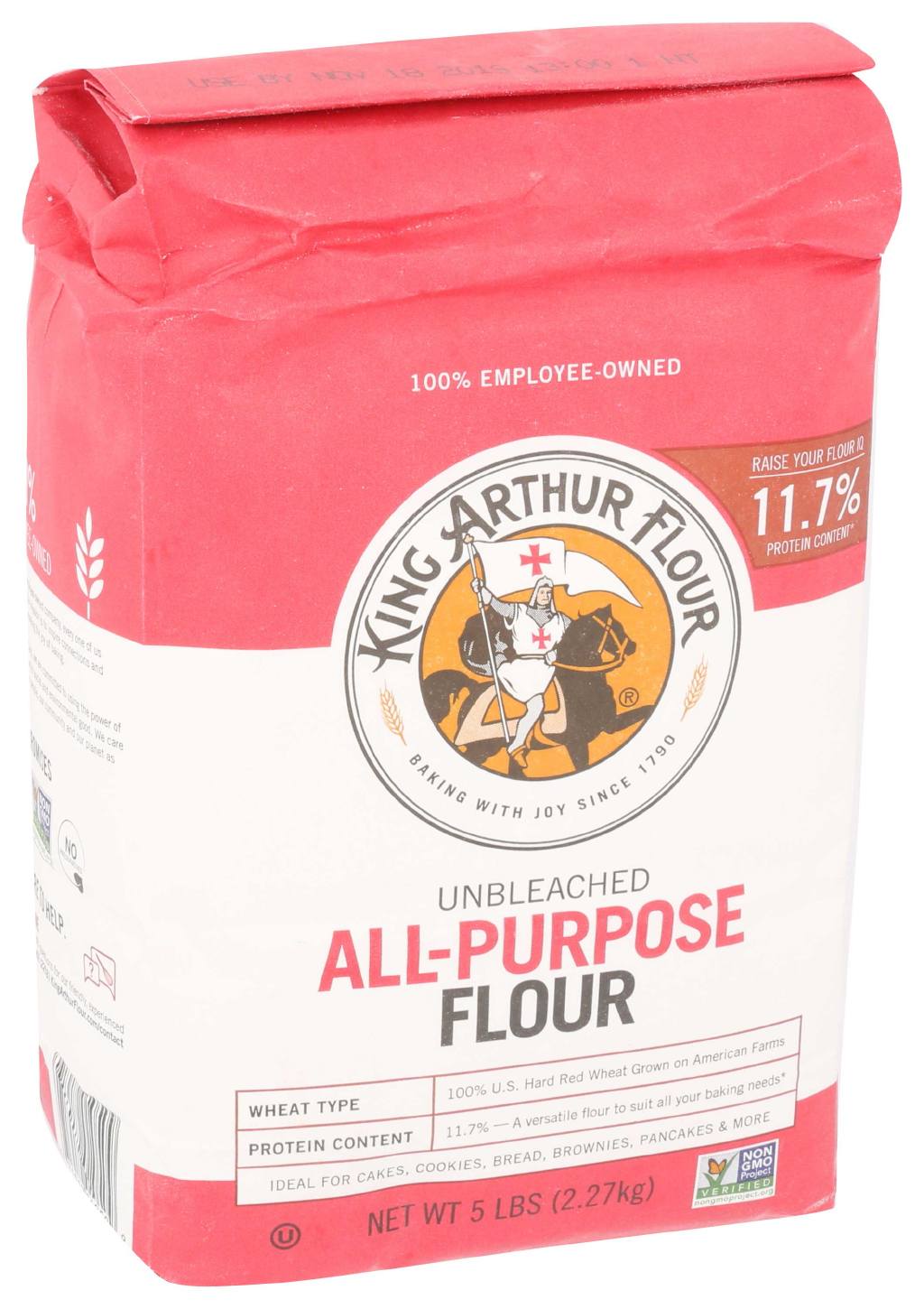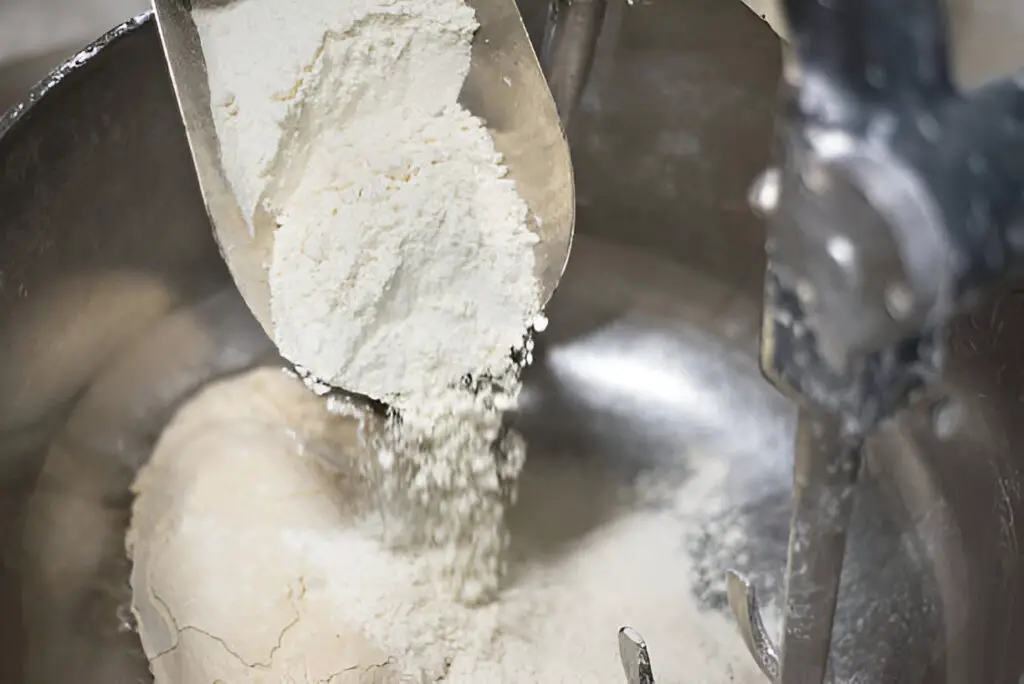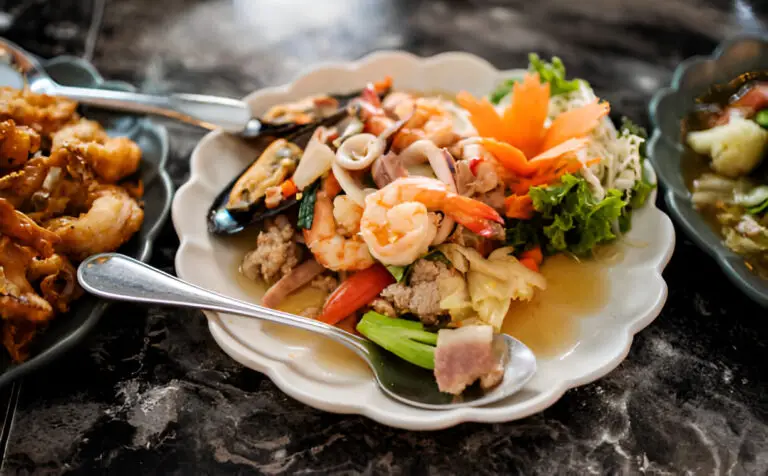Is Unbleached All-Purpose Flour Gluten-Free? The Essential Guide

I remember the first time I walked into the gluten-free aisle at the grocery store. Talk about a mind-boggler! Rows upon rows of flour I’d never heard of: almond, coconut, sorghum—suddenly my beloved all-purpose flour seemed out of place.
So, naturally, a question popped up: is unbleached all-purpose flour gluten-free? The short answer? Nope, not even close. But, of course, there’s more to the story. If you’re as curious as I was, let’s dig into the details to uncover why all-purpose flour, unbleached or not, isn’t gluten-free and explore the best alternatives if you’re looking to bake without gluten.
What Exactly Is Unbleached All-Purpose Flour?

To get the lay of the land, let’s start with what unbleached all-purpose flour actually is. All-purpose flour is the jack of all-trades in the kitchen—it’s great for baking cookies, cakes, breads, and just about anything that calls for flour.
It’s made by milling wheat kernels to remove the bran and germ, leaving just the starchy endosperm. This refined flour results in a smooth texture, neutral flavor, and light color that works well in most recipes.
The difference between bleached and unbleached all-purpose flour is the process used to age the flour. Here’s a quick comparison to clear things up:
| Type | Aging Process | Color and Texture |
| Bleached Flour | Chemically treated to whiten | Bright white, soft texture |
| Unbleached Flour | Naturally aged over time | Slightly off-white, coarser texture |
While bleached flour is chemically treated to speed up the whitening process, unbleached flour ages naturally, resulting in a slightly denser texture and off-white color. Despite these differences, both contain gluten, and here’s why.
The Real Deal with Gluten in All-Purpose Flour
Gluten is a protein found in wheat and other grains like barley and rye. It’s the magical ingredient that gives bread its chewy texture and helps baked goods hold their shape. So, since all-purpose flour is made from wheat, it naturally contains gluten. This applies whether it’s bleached or unbleached.
If you’ve ever kneaded bread dough, you’ve seen gluten at work. The more you work the dough, the more gluten develops, creating that stretchy, elastic feel. This is fantastic for bread baking, but if you’re gluten-intolerant or have celiac disease, it’s a no-go.
Why Unbleached All-Purpose Flour Isn’t Gluten-Free
The key here is that gluten lives in wheat itself. The bleaching or aging process doesn’t remove or change the gluten content; it only affects the color and texture of the flour.
Here’s a closer look at the protein and gluten content in unbleached all-purpose flour:
| Flour Type | Protein Content | Contains Gluten? |
| Unbleached All-Purpose Flour | 10-12% | Yes |
| Gluten-Free Flour | Varies (0-5%) | No |
As you can see, all-purpose flour’s relatively high protein content is due to gluten, which is absent in gluten-free flours. If you’re aiming for a gluten-free lifestyle, it’s essential to make the switch to flours made from grains like rice or almond, which are naturally gluten-free.
Exploring Gluten-Free Flour Alternatives
With all-purpose flour off the table for gluten-free baking, where does that leave us? Thankfully, the gluten-free flour market has exploded in recent years, giving us more options than ever.
Here are a few popular gluten-free flours and how they compare:
| Gluten-Free Flour | Best Uses | Texture and Flavor |
| Almond Flour | Cookies, cakes | Nutty, moist texture |
| Rice Flour | Bread, battering foods | Mild flavor, slightly gritty |
| Coconut Flour | Muffins, pancakes | Sweet, absorbs a lot of liquid |
| Oat Flour | Cookies, breads | Mild, slightly sweet, adds texture |
| Sorghum Flour | Flatbreads, muffins | Earthy flavor, needs binding agents |
Tips for Using Gluten-Free Flours
- Combine Flours for Texture
I learned this the hard way! Using a single gluten-free flour doesn’t always replicate the texture you’d get with all-purpose flour. Instead, try a mix of all-purpose flour with rice, almond, and tapioca flour for a more versatile substitute. - Add a Binding Agent
Since gluten gives structure to baked goods, gluten-free baking often requires a binding agent like xanthan gum or psyllium husk to help things hold together. I typically add about ½ teaspoon of xanthan gum per cup of gluten-free flour in recipes. - Adjust Liquids as Needed
Some gluten-free flours absorb more liquid than others (coconut flour is especially thirsty!). You may need to tweak the liquid amounts in your recipe to get the right consistency.
My Go-To Gluten-Free Flour Blend Recipe
After plenty of trial and error, I finally landed on a gluten-free flour blend that I use for everything from pancakes to cookies. Here’s the recipe if you’d like to try it out:
Ingredients:
- 2 cups rice flour
- 1 cup almond flour
- ½ cup tapioca flour
- ½ teaspoon xanthan gum
Instructions:
- Combine all ingredients in an airtight container and shake to mix.
- Use as a 1:1 replacement for all-purpose flour in most recipes.
This blend has saved the day for me on countless occasions, giving my gluten-free recipes the texture and consistency they need.
Baking with Gluten-Free Flours: The Pros and Cons
Every flour type has its quirks, and gluten-free flours are no exception. Here’s a quick list of what to expect when you go gluten-free in the kitchen.
Pros:
- Healthier Options: Many gluten-free flours, like almond or oat, bring extra fiber, protein, and nutrients.
- Unique Flavors: Gluten-free flours can add distinct flavors, like the nutty taste of almond flour or the mild sweetness of oat flour.
- Creative Experimenting: Going gluten-free opens up a whole new world of experimentation in baking.
Cons:
- Different Textures: Gluten-free baked goods can be more crumbly or dense without the elasticity gluten provides.
- Cost: Specialty flours are generally pricier than regular all-purpose flour.
- Trial and Error: It may take a few tries to get used to working with new textures and flavors.
Final Thoughts on Unbleached All-Purpose Flour and Gluten
So, is unbleached all-purpose flour gluten-free? In short, no. Unbleached flour is still wheat-based and packed with gluten, which makes it unsuitable for anyone avoiding gluten for dietary reasons. Thankfully, with a little creativity and experimentation, there are plenty of excellent gluten-free flour options out there.
In my experience, switching to gluten-free flours has broadened my culinary horizons in unexpected ways. Sure, I miss the simplicity of all-purpose flour now and then, but diving into the world of gluten-free baking has been like embarking on a new adventure.
Whether it’s the rich, nutty flavor of almond flour or the light, fluffy texture of rice flour in a cake, each gluten-free flour brings its own twist to the recipe.
So, if you’re considering going gluten-free or are simply curious about flour alternatives, don’t hesitate to try new blends and combinations. Who knows? You might just discover your next favorite flour!
FAQs About Unbleached All-Purpose Flour and Gluten
Can unbleached all-purpose flour be used in gluten-free recipes?
Nope, unfortunately, it can’t. Since it contains gluten, it will not suit gluten-free recipes.
Can I make unbleached flour gluten-free by treating it somehow?
You can’t remove gluten from wheat flour through any process at home. If you need gluten-free flour, look for certified gluten-free options.
Does unbleached flour offer any benefits over bleached flour?
For many, unbleached flour’s naturally aged process and coarser texture may be preferable in recipes for a slightly heartier texture and flavor.






